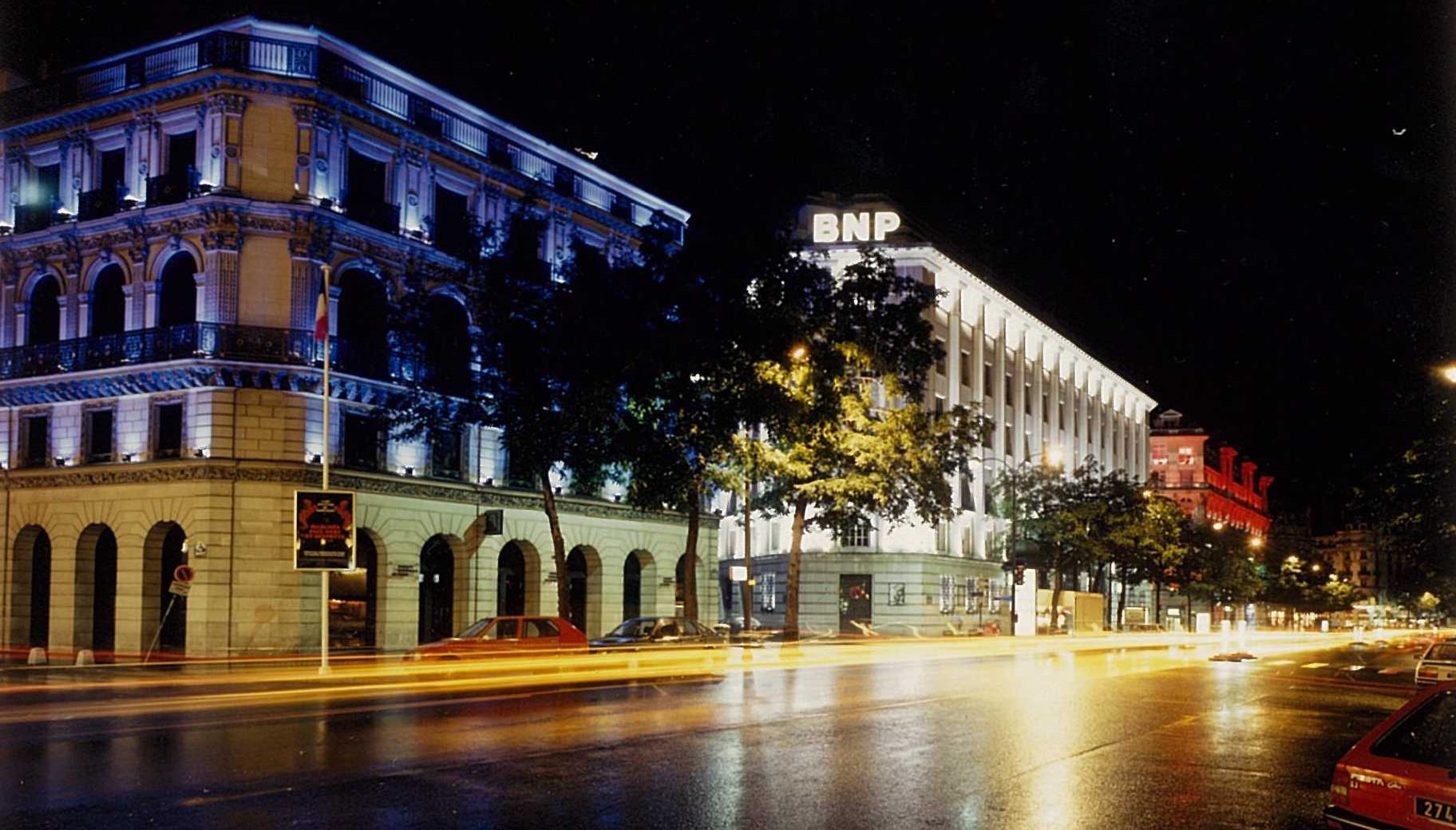Rue Royale at the heart of Belgium’s economic history

N° 20 rue Royale in Brussels is home to BNP Paribas Fortis management. The building itself bears witness to the important role the bank has played in the economic and social history of Belgium.
The rue Royale was laid out in 1787 in the neighbourhood known as the Royal Quarter, an area which occupies an essential place in the history of Belgium. Private mansions on three floors were built there on classical, symmetrical lines, with businessmen, lawyers, bankers and politicians making up the majority of the residents.
Bank headquarters
In 1822 William of Orange, King of the Netherlands, founded the Algemeene Nederlandsche Maatschappij (General Netherlands Company) in Brussels with the stated aim of fostering national industry. This financial institution was a forerunner of Société Générale de Belgique and today’s BNP Paribas Fortis. The headquarters was established at N° 3 rue Montagne du Parc, a street which runs at right angles to the rue Royale. Little by little the bank became the owner of all the neighbouring buildings.
In 1934, Belgium passed a law making it mandatory to split up ‘mixed banks’, i.e. financial institutions which combine deposit-taking activities with those of a merchant bank or investment bank that takes stakes in industry. Société Générale de Belgique, which had been a model for this type of bank for around a century, accordingly transferred its non-investment banking activities to a newly-created subsidiary, Banque de la Société Générale de Belgique. As they were now two distinct entities, their premises had to be separated: the holding company took over 20 rue Royale and the Bank occupied premises on the neighbouring streets.
In 1972, in order to meet the new organisational requirements of the company, all the buildings on rue Royale were entirely rebuilt, maintaining however a neo-classical style for the facades and recreating the original decoration of the rooms on the ground floor.
Meeting and reception areas
The ground floor comprises grand meeting rooms and reception areas such as the salle de Lorraine (Lorraine room) and the Tapestry Gallery where eighteenth century tapestries are hung. During World War I the salle des Rois (Kings’ room) hosted the National Committee for Relief and Food whose role was to ensure imports of essential foodstuffs.

Partager cette page









